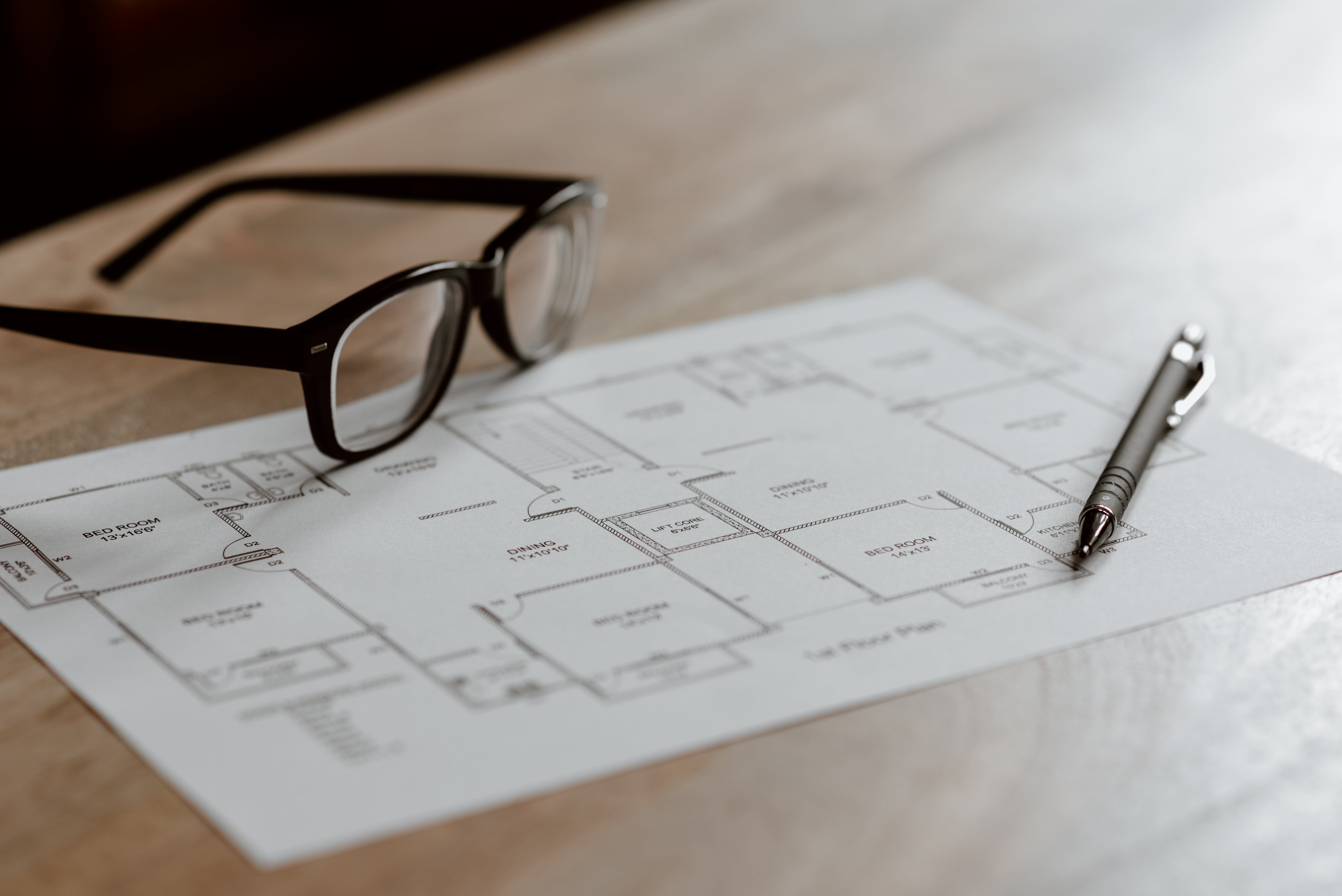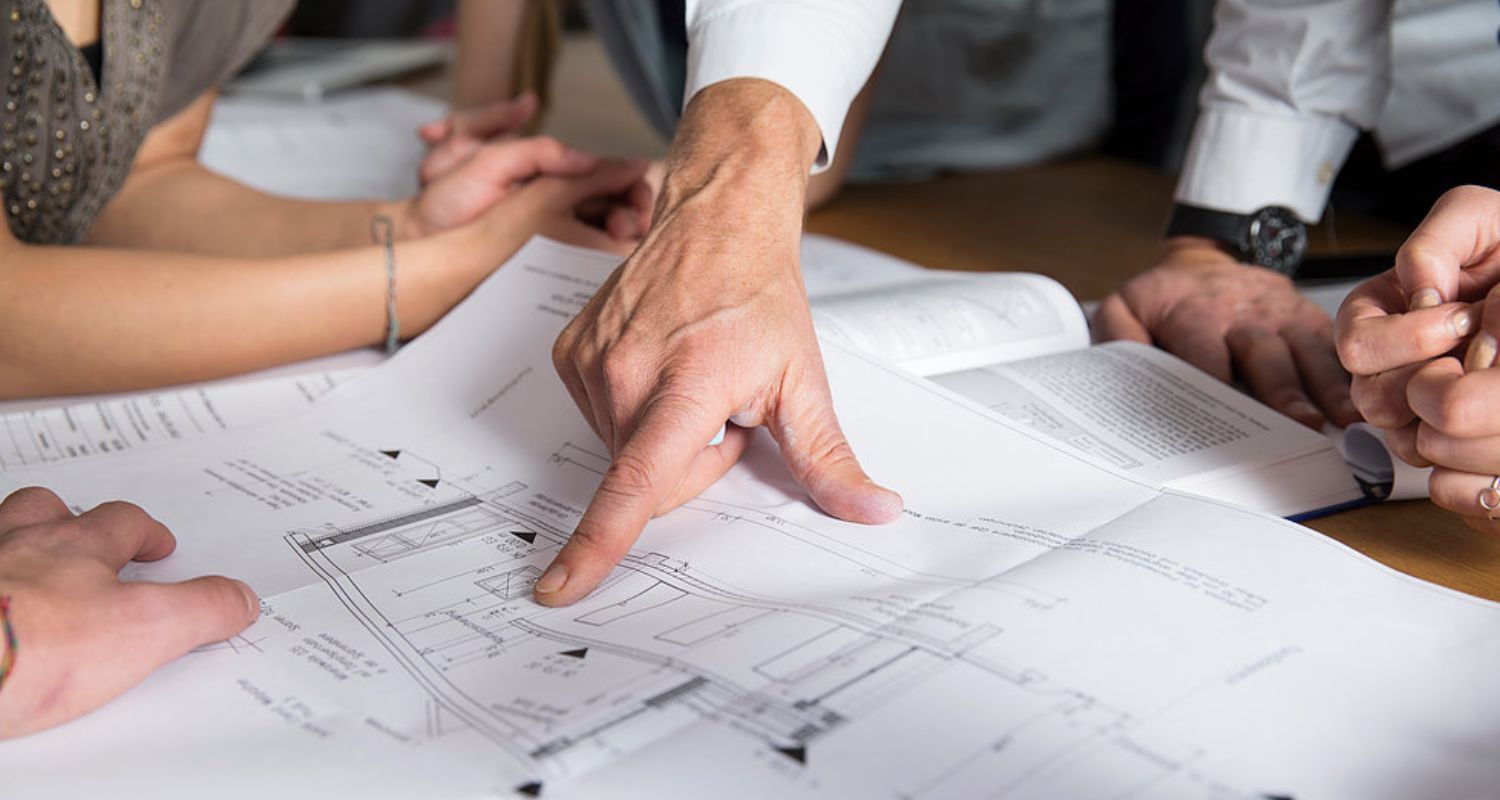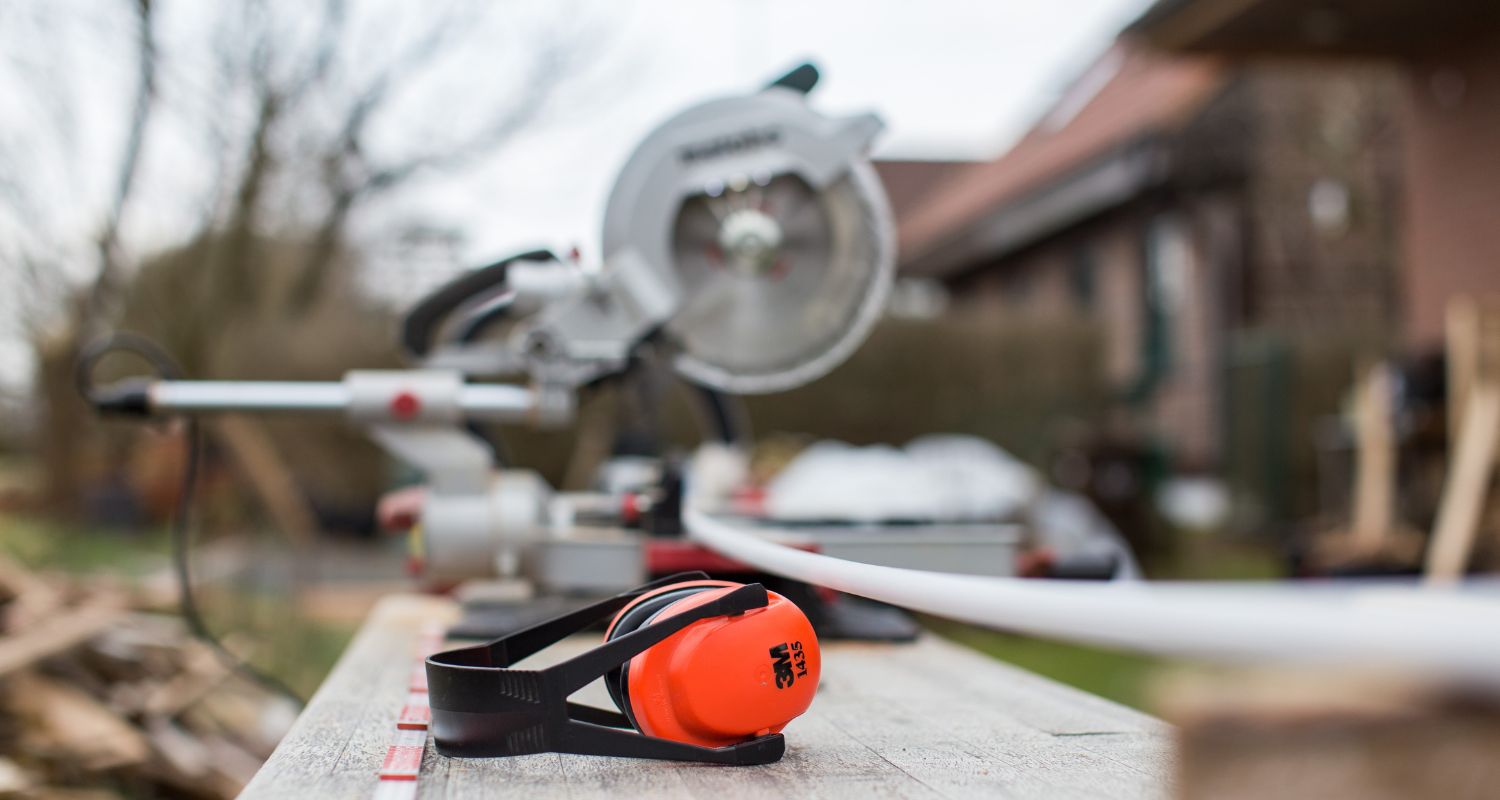If you're working with an Architect, Architectural Designer, General Contractor or Project Manager, but have never had ANY experience talking about specific parts of your home, the process, and the build, it can feel seriously overwhelming just to know how to speak!
We have heard so many made up words to try to describe something on a house that we thought we’d try to help out! So now you can actually call that “pointy roof” a gable roof and know what the heck your team is talking about.
Our Roundup Of Some Basic Construction Lingo
Truss vs. Stick-Framed: This is referring to how your roof is built. It can be either trussed, where the roof is built by a truss manufacturer off-site and put up with a crane like dominos on top of your walls. Stick-framed is when it’s built on-site, framing all the “sticks” or wood members together (beams, rafters, collar-ties, etc.).
Gable or Hip: These are some of the types of roofs potentially used in your design/build. A gable is the “pointy roof” where you see siding in the point (^), and the hip roof is like a flattened gable where the roofing is visible instead of siding.
Fascia: That “trim” or “edge” at the bottom of your roof that your gutters are attached to are called fascia. It’s also put at the end of a gable, but some people call that bargeboard (we don’t).
Belly Band or Bargeboard: The horizontal board, typically in the middle of a house’s siding, creating a break in the siding. Some people call it bargeboard. The same board can be put at the bottom of the house’s siding, but that’s definitely called bargeboard (that’s why fascia is fascia).
Soffit: The material under the roof overhang, that’s the soffit.
Vaulted or Raised Ceiling: Those higher ceilings have a name. If they are sloped, they are called a vaulted ceiling. If they are flat but raised in one area, then it is called a raised ceiling.
Muntin or Mullion Bars: Those bars on the windows, those are called muntin bars (pronounced Mut’n). They are applied on to the glass. Mullions are the bars that separate the panes of glass, which is a pricier version and generally only used these days in wood products, like a front door.
Soft / Hard Costs: Soft costs are all the paperwork, documents, permits, etc. costs prior to building. Hard costs are all the physical construction materials, labour, etc. If you ever hear your GC or PM talk about these types of costs, now you know!
We hope this list gets you closer to having great conversations with your design & build team and feeling like you’re part of that team. Did we miss one that you’re wondering what the heck it’s called? Drop a comment below on this blog post. If you’re thinking it, I’m sure someone else is too!
Always looking out for you,
— Chelsey
PS. Looking for a safe space for discussions just like this? No judgement, just support. Join us in our private network Homeowner HQ. From building your team to budgeting and money, to construction jargon and decision-fatigue of being a modern homeowner in today’s world. No such thing as a dumb question here.
Chelsey Morphy
Home Consultant & Designer







